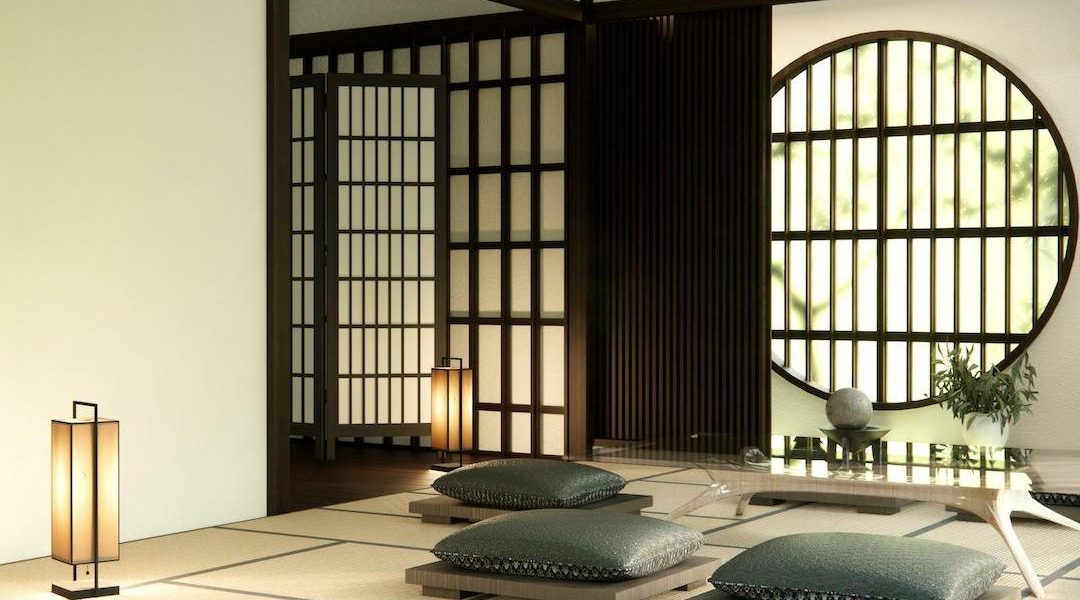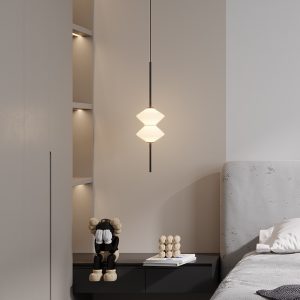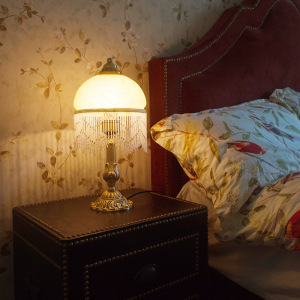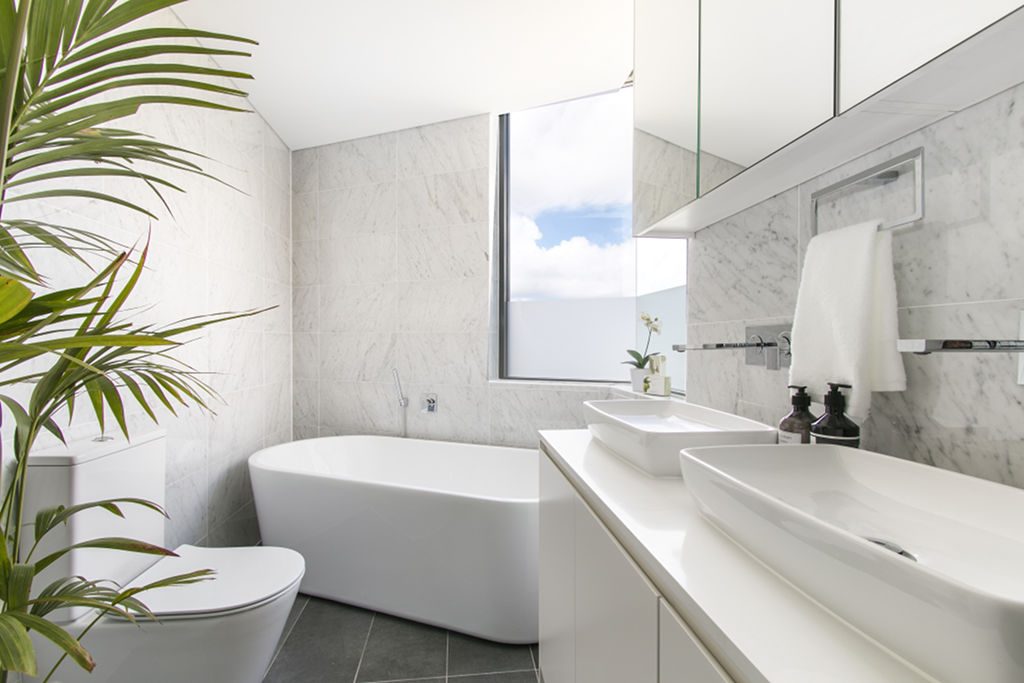
Japanese Tatami Room Floor Lamp Made from Rubber Wood
The Japanese tatami room, a quintessential element of traditional Japanese architecture, embodies a unique blend of simplicity, elegance, and functionality. Characterized by its straw mats, known as tatami, this space serves as a multi-purpose area for various activities, from meditation and tea ceremonies to family gatherings and relaxation. The tatami mat itself is made from rice straw and covered with woven rush grass, providing a soft yet firm surface that is both comfortable and conducive to a serene atmosphere.
The aesthetic appeal of a tatami room lies in its minimalist design, which emphasizes natural materials and harmonious proportions, creating an environment that promotes tranquility and mindfulness. In contemporary settings, the tatami room has evolved beyond its traditional roots, adapting to modern lifestyles while retaining its core principles. The incorporation of elements such as floor lamps made from rubber wood enhances the functionality and ambiance of these spaces.
These lamps not only provide essential lighting but also contribute to the overall aesthetic of the room, blending seamlessly with the natural materials that define the tatami environment. As we delve deeper into the history, characteristics, and design aspects of the tatami room and its furnishings, we will uncover the profound significance of this unique space in both historical and modern contexts.
History and Significance of the Tatami Room
The origins of the tatami room can be traced back to the Heian period (794-1185), when tatami mats were first introduced as a luxury item for the aristocracy. Initially, these mats were used sparingly, often reserved for ceremonial occasions or special guests. Over time, however, their popularity spread across different social classes, leading to the establishment of tatami rooms as a standard feature in Japanese homes.
By the Edo period (1603-1868), tatami rooms had become commonplace, serving as versatile spaces for various activities, including sleeping, dining, and entertaining. The significance of the tatami room extends beyond its physical attributes; it is deeply intertwined with Japanese culture and philosophy. The design of these rooms reflects the principles of Zen Buddhism, emphasizing simplicity, natural beauty, and a connection to nature.
The layout often incorporates sliding doors (fusuma) and shoji screens that allow for flexible use of space while maintaining a sense of openness. This adaptability is crucial in traditional Japanese homes, where rooms are often reconfigured based on the needs of the moment. The tatami room thus serves as a canvas for daily life, embodying the fluidity and impermanence that are central to Japanese aesthetics.
Characteristics of Rubber Wood
Rubber wood, derived from the rubber tree (Hevea brasiliensis), is increasingly favored in furniture design due to its sustainability and durability. This hardwood is a byproduct of the rubber industry; once the trees reach the end of their latex-producing life cycle, they are harvested for timber. This practice not only reduces waste but also promotes responsible forestry management.
Rubber wood is known for its fine grain and smooth texture, making it an ideal choice for crafting furniture and decorative items that require both strength and aesthetic appeal. One of the standout characteristics of rubber wood is its versatility. It can be easily stained or painted to match various design schemes, allowing it to blend seamlessly into different interior styles.
Additionally, rubber wood is relatively lightweight compared to other hardwoods, making it easier to handle during construction and installation. Its natural resistance to warping and cracking further enhances its suitability for use in environments with fluctuating humidity levels, such as a tatami room where traditional materials are prevalent. The combination of these properties makes rubber wood an excellent choice for creating floor lamps that not only illuminate but also complement the serene ambiance of a tatami space.
Design and Construction of the Tatami Room Floor Lamp
The design of a tatami room floor lamp 4lightings made from rubber wood should reflect the principles of simplicity and elegance that define traditional Japanese aesthetics. A well-crafted lamp typically features clean lines and minimal ornamentation, allowing it to serve as both a functional light source and a piece of art. The use of rubber wood lends itself to various design possibilities; artisans can create lamps with organic shapes that mimic natural forms or opt for geometric designs that emphasize symmetry and balance.
Construction techniques play a crucial role in ensuring that the floor lamp is not only visually appealing but also structurally sound. Skilled craftsmen often employ traditional joinery methods that do not rely on metal fasteners, enhancing the lamp’s durability while maintaining its aesthetic integrity. The lampshade can be made from materials such as rice paper or fabric, which diffuse light softly and create a warm glow that enhances the tranquil atmosphere of the tatami room.
The interplay between the natural wood finish and the soft illumination creates an inviting environment that encourages relaxation and contemplation.
Benefits of Using a Tatami Room Floor Lamp Made from Rubber Wood
Incorporating a floor lamp made from rubber wood into a tatami room offers numerous benefits that extend beyond mere aesthetics. One significant advantage is its eco-friendliness; as rubber wood is sourced from sustainably managed plantations, choosing this material supports environmentally responsible practices. This aligns with the ethos of traditional Japanese design, which often emphasizes harmony with nature and sustainability.
Moreover, rubber wood’s durability ensures that the floor lamp will withstand the test of time, making it a worthwhile investment for any home. Its resistance to warping means that it can maintain its structural integrity even in varying humidity levels typical of a tatami room. Additionally, the warm tones of rubber wood complement the natural hues of tatami mats, creating a cohesive look that enhances the overall ambiance.
The soft light emitted by a well-designed floor lamp further contributes to a calming environment, making it an ideal addition for activities such as reading or meditative practices.
Care and Maintenance of the Tatami Room Floor Lamp
To ensure that a rubber wood floor lamp remains in optimal condition over time, proper care and maintenance are essential. Regular dusting with a soft cloth can help prevent dirt buildup on both the lamp’s surface and lampshade. For deeper cleaning, it is advisable to use a damp cloth followed by immediate drying to avoid moisture damage.
Avoid using harsh chemicals or abrasive materials that could scratch or dull the finish of the wood. In addition to surface care, periodic inspections are necessary to ensure that electrical components are functioning correctly. Checking for frayed wires or loose connections can prevent potential hazards while ensuring consistent performance.
If any issues arise with the lamp’s electrical system, consulting a qualified electrician is recommended rather than attempting repairs independently. By following these maintenance guidelines, homeowners can preserve both the beauty and functionality of their tatami room floor lamp for years to come.
How to Incorporate the Tatami Room Floor Lamp into Your Home Decor
Integrating a tatami room floor lamp into home decor requires thoughtful consideration of both placement and surrounding elements. Ideally, these lamps should be positioned in areas where they can provide adequate illumination without overwhelming the space. A corner nook or beside a low table can create an inviting reading area while maintaining the minimalist aesthetic characteristic of traditional Japanese design.
When selecting additional decor elements to complement the floor lamp, consider incorporating other natural materials such as bamboo or stone. These elements can enhance the organic feel of the space while maintaining harmony with the rubber wood lamp. Textiles such as cotton or linen in muted colors can also be used for cushions or throws to add comfort without detracting from the overall simplicity of the design.
By carefully curating these elements, homeowners can create a cohesive environment that reflects both modern sensibilities and traditional Japanese aesthetics.
Conclusion and Final Thoughts on the Tatami Room Floor Lamp
The tatami room floor lamp made from rubber wood stands as a testament to the enduring appeal of traditional Japanese design principles in contemporary interiors. Its combination of sustainability, durability, and aesthetic beauty makes it an ideal choice for those looking to enhance their living spaces while honoring cultural heritage. As we have explored throughout this article, these lamps not only serve practical purposes but also contribute significantly to creating an atmosphere conducive to relaxation and mindfulness.
Incorporating such elements into home decor allows individuals to cultivate spaces that resonate with tranquility and simplicity—qualities that are increasingly sought after in today’s fast-paced world. Whether used in a dedicated tatami room or integrated into other areas of the home, these lamps embody a philosophy that values nature, craftsmanship, and thoughtful living. As we continue to navigate modern life, embracing these timeless principles can lead us toward more harmonious living environments that reflect our values and aspirations.
You may also like
Written by Kyle
Hot Posts
- 10 Stunning Bedroom Design Ideas to Transform Your Sleep Space
- 5Funky Kitchen Gadgets to Keep Your Home Cooking Delicious
- A Home Garden For All Seasons
- Add Warmth and Style to Your Home with a Wooden Pendant Lamp
- Adding Drama to Your Decor With a Pendant XL Light
- Adorable Table Lamp for Kids’ Room
- Affordable Solar Garden Lights: A Smart Purchase
- Antique Table Lamps & Lighting at Auction
Category Guide
Schedule
- April 2025
- March 2025
- February 2025
- January 2025
- December 2024
- November 2024
- October 2024
- September 2024
- August 2024
- July 2024
- June 2024
- May 2024
- April 2024
- March 2024
- February 2024
- January 2024
- December 2023
- August 2023
- July 2023
- June 2023
- May 2023
- April 2023
- March 2023
- February 2023
- December 2022
- November 2022
- October 2022
- September 2022
- July 2022
- March 2021












Leave a Reply